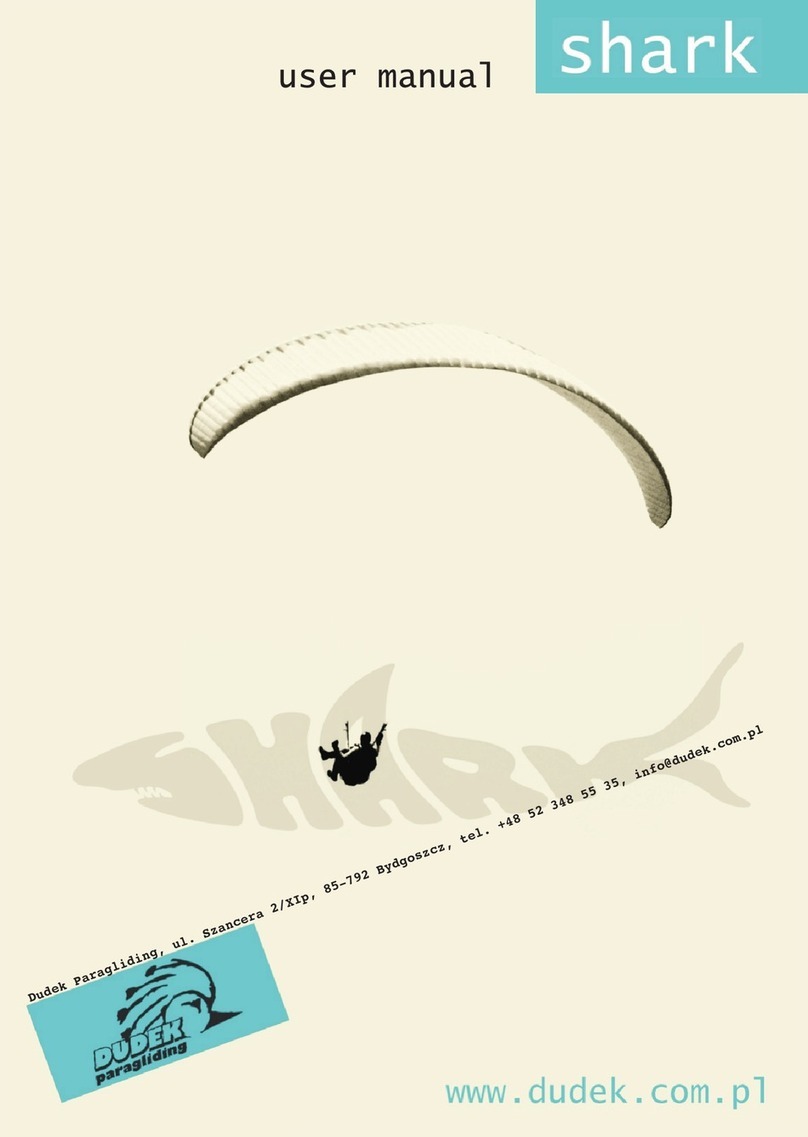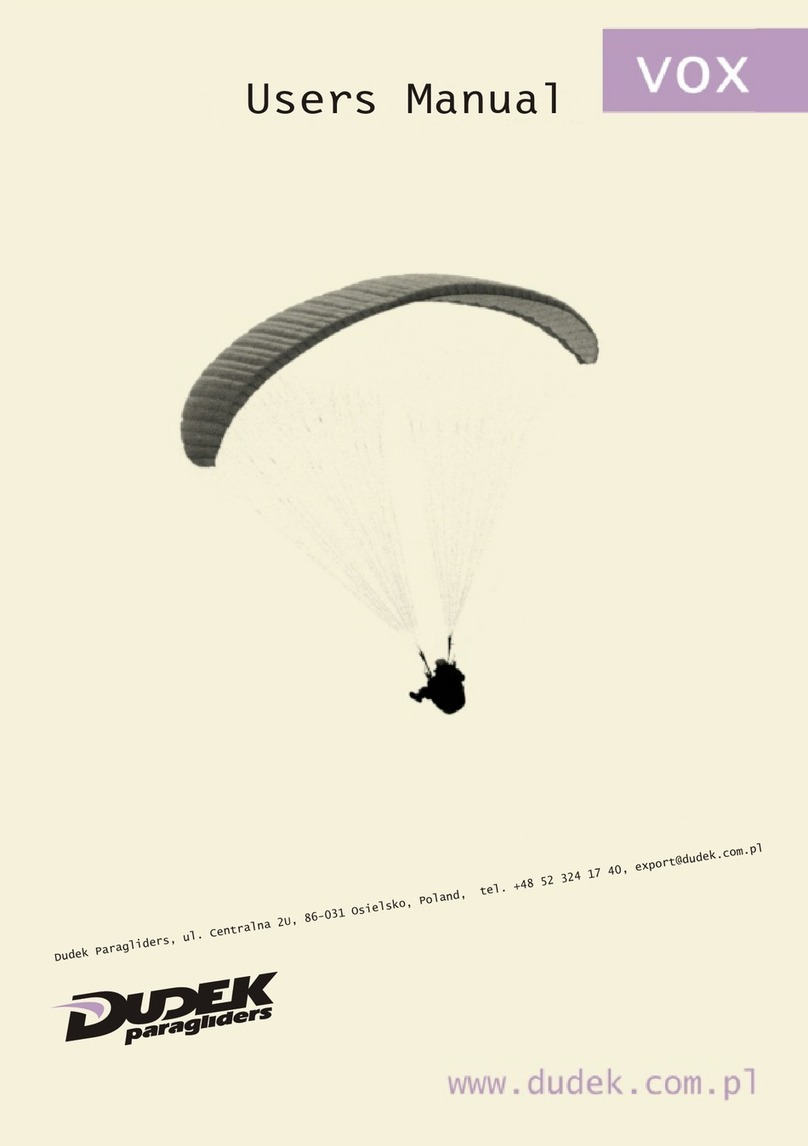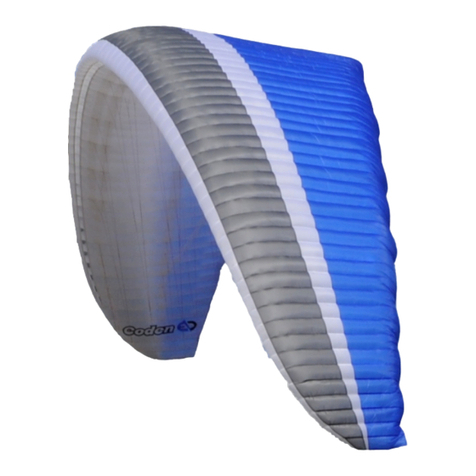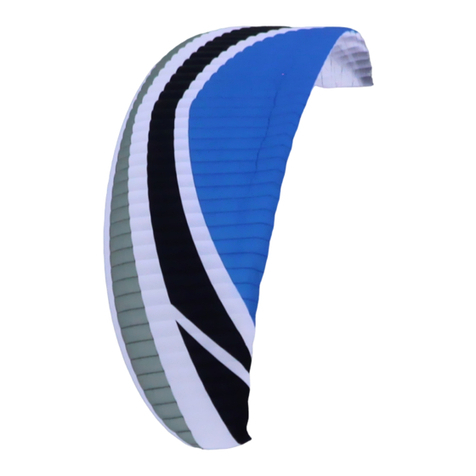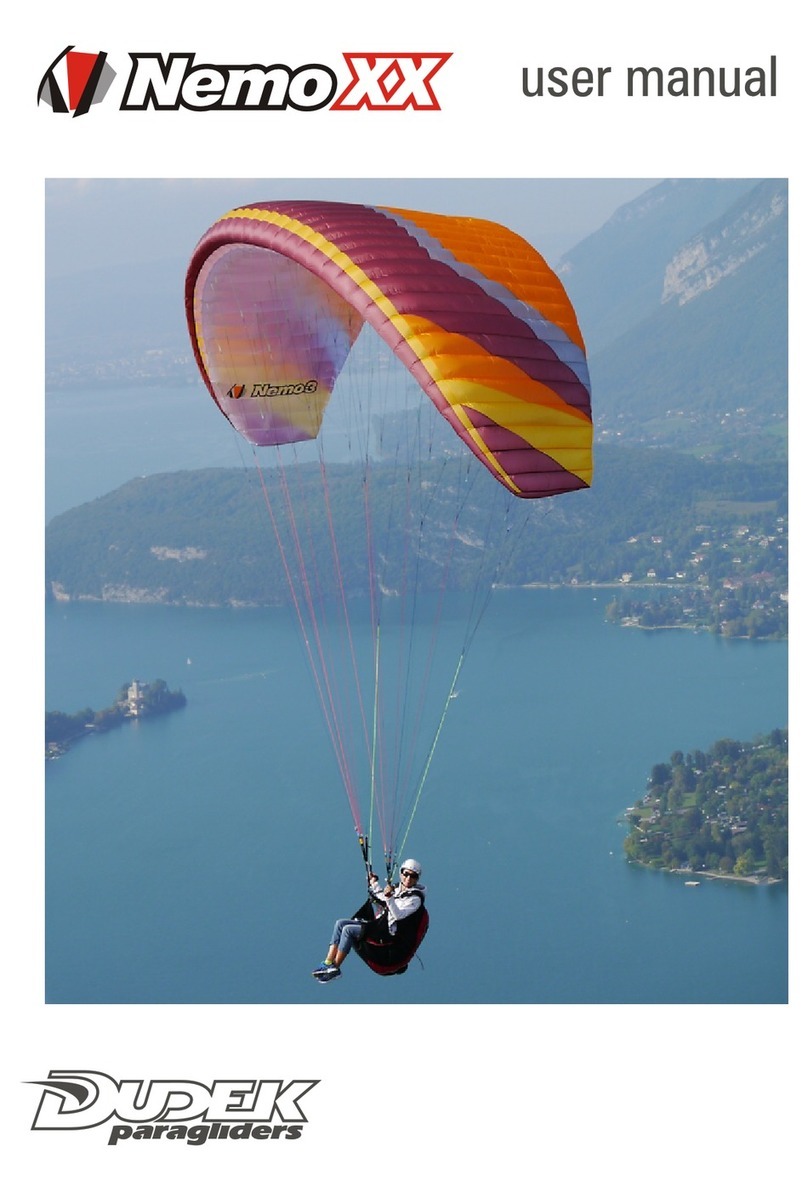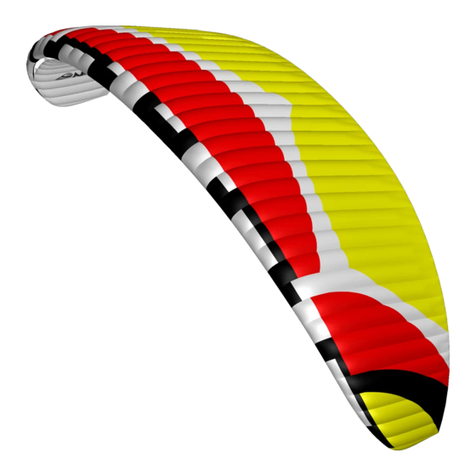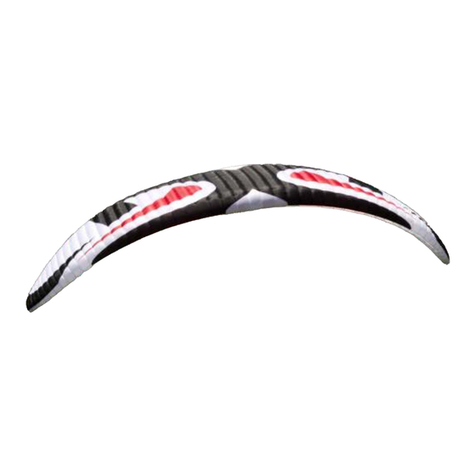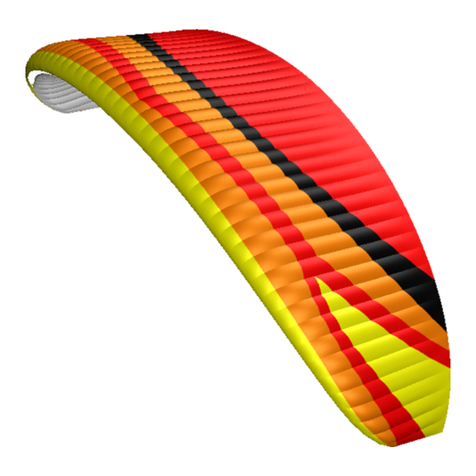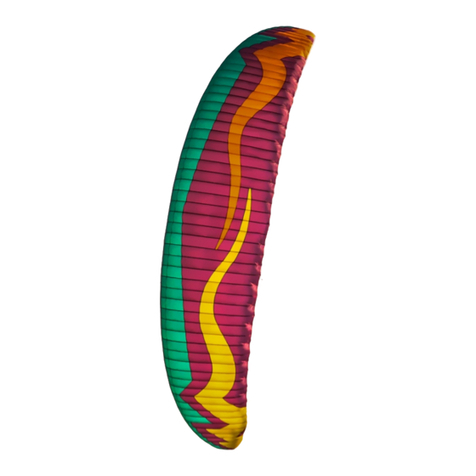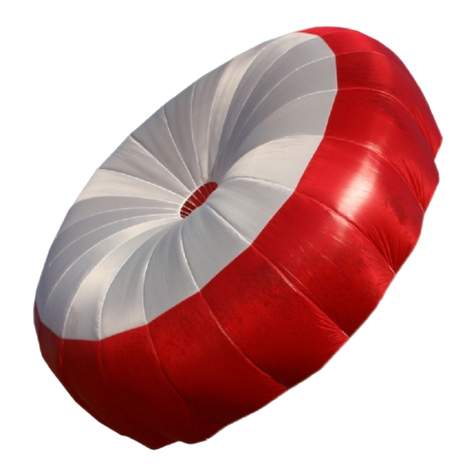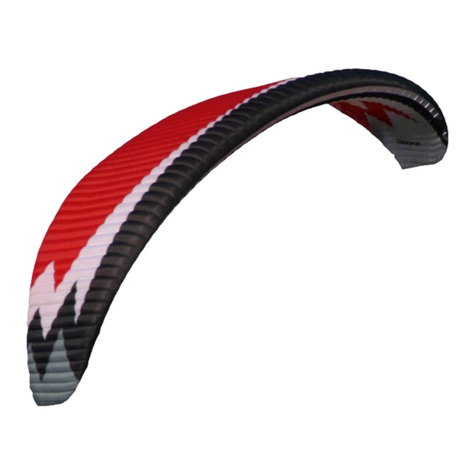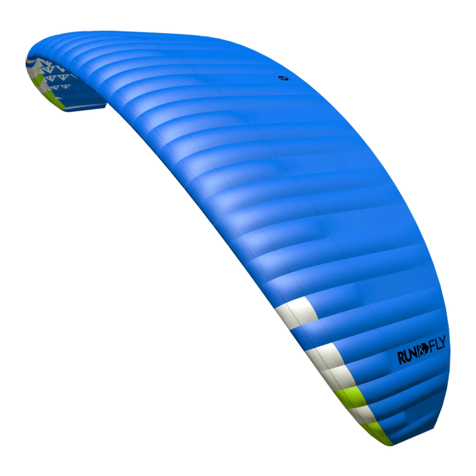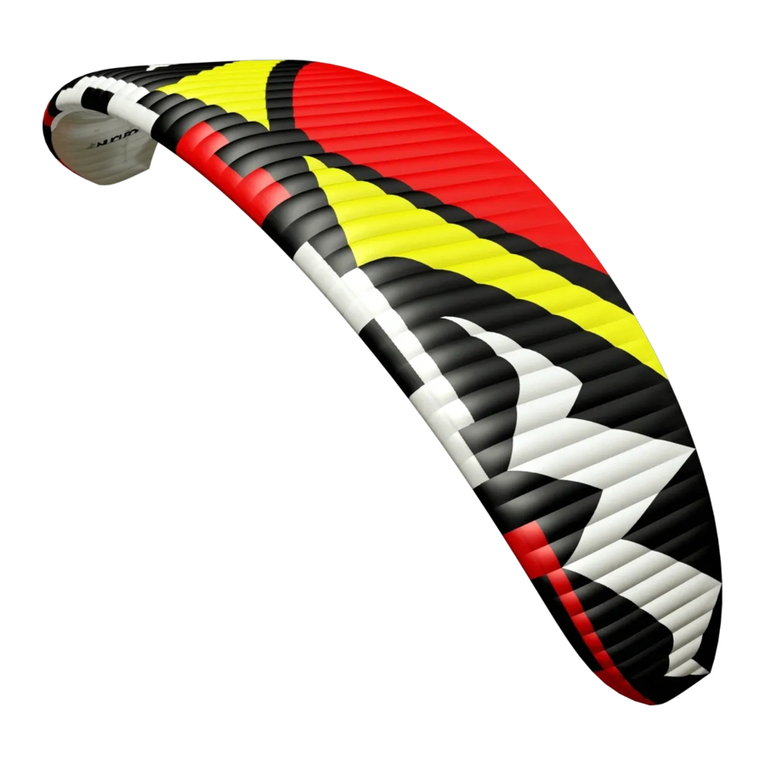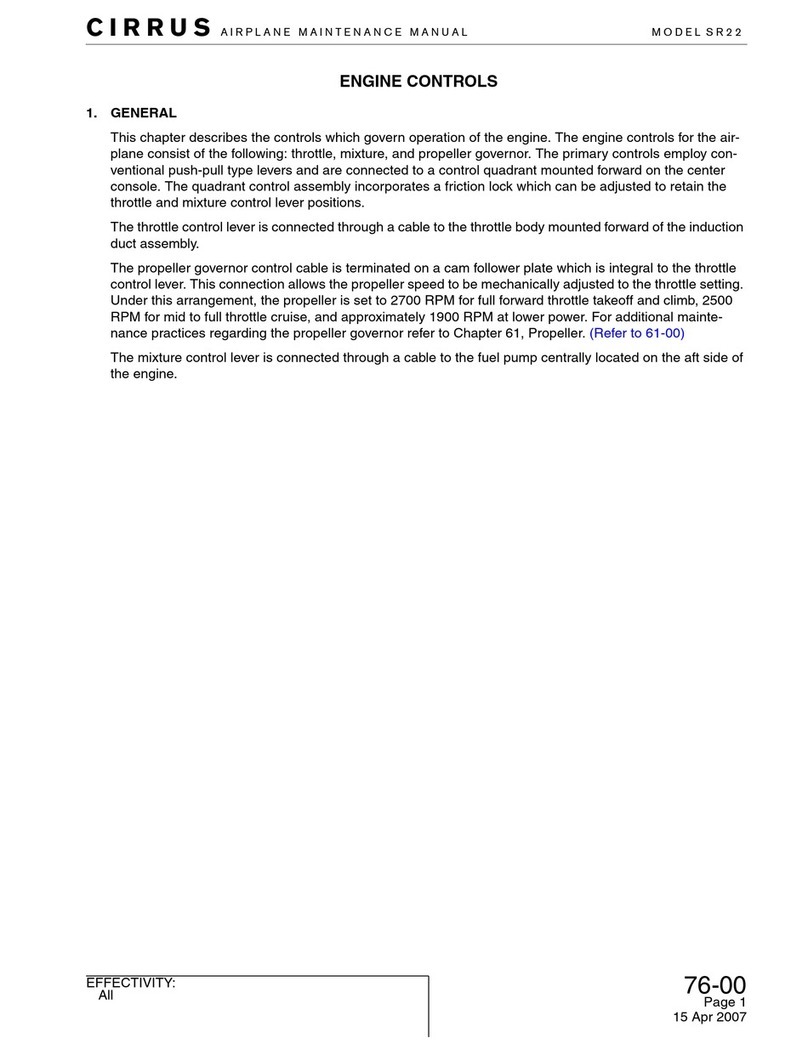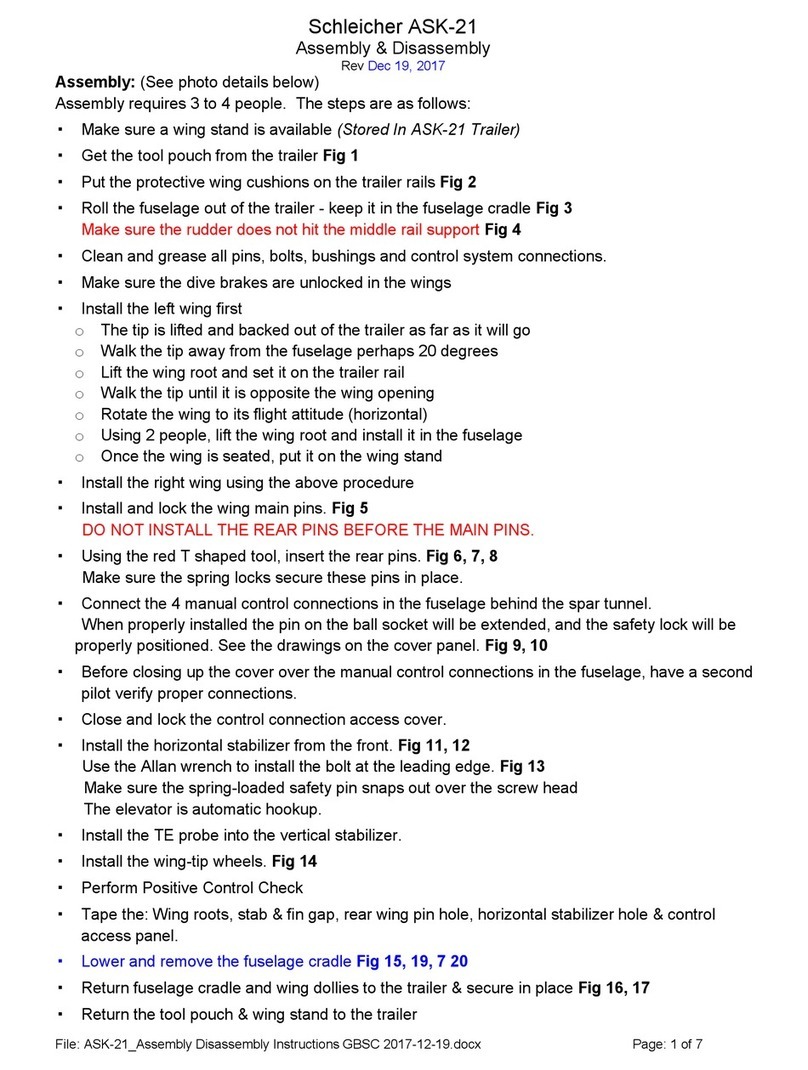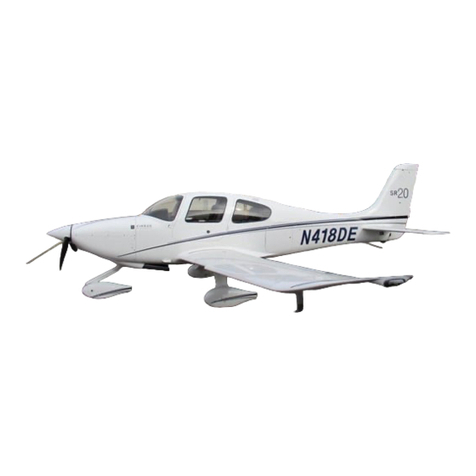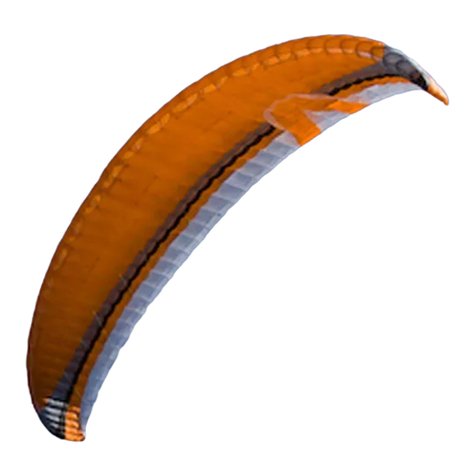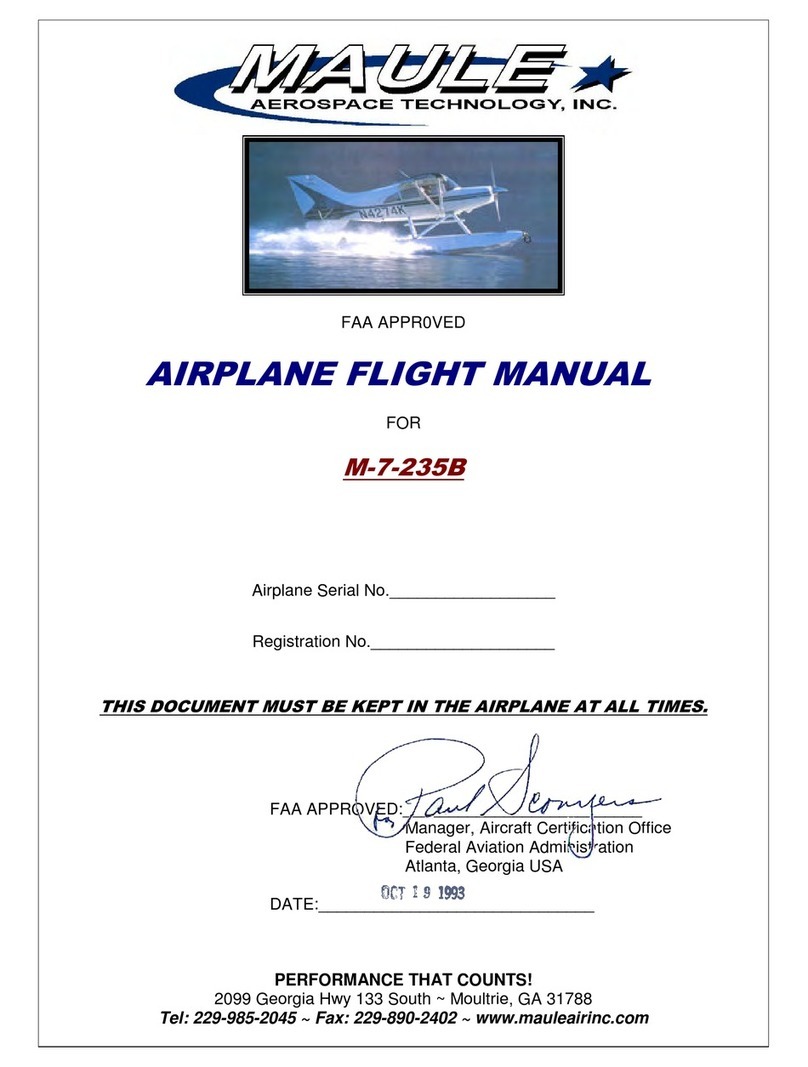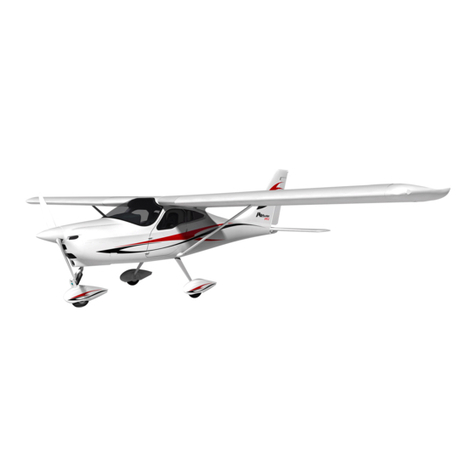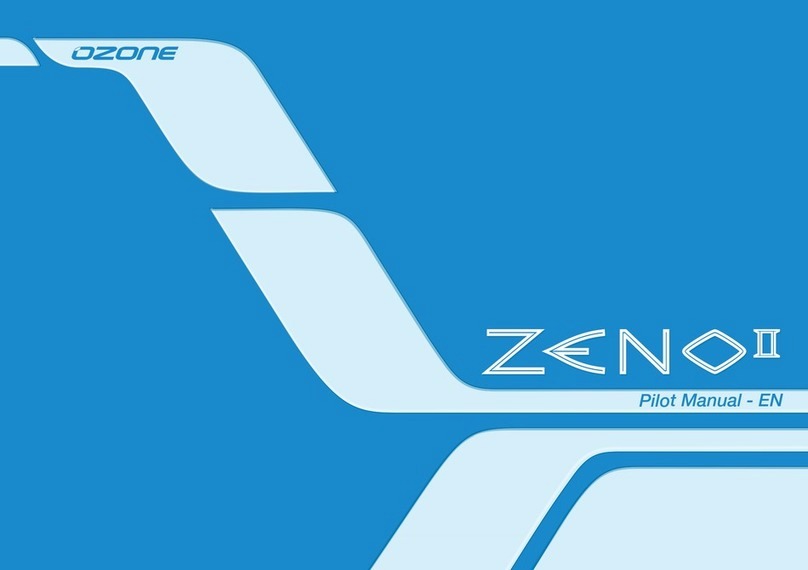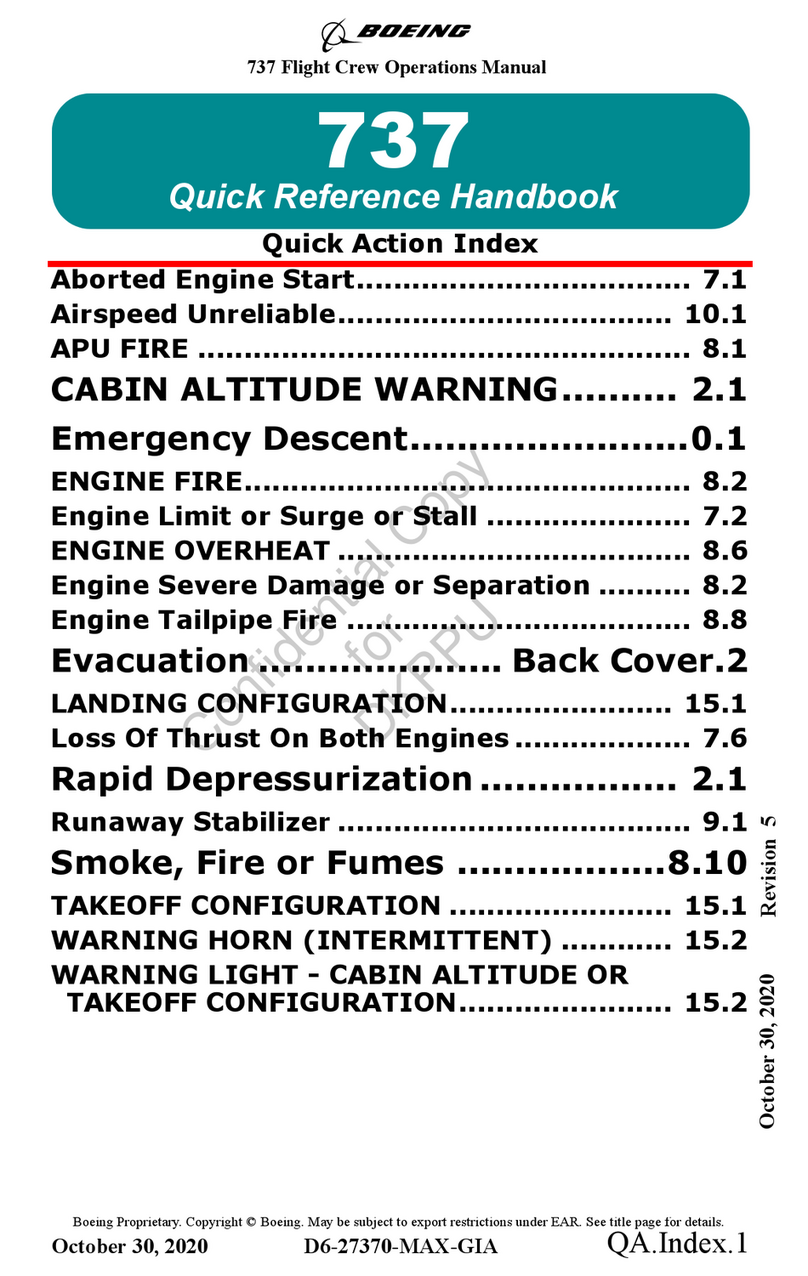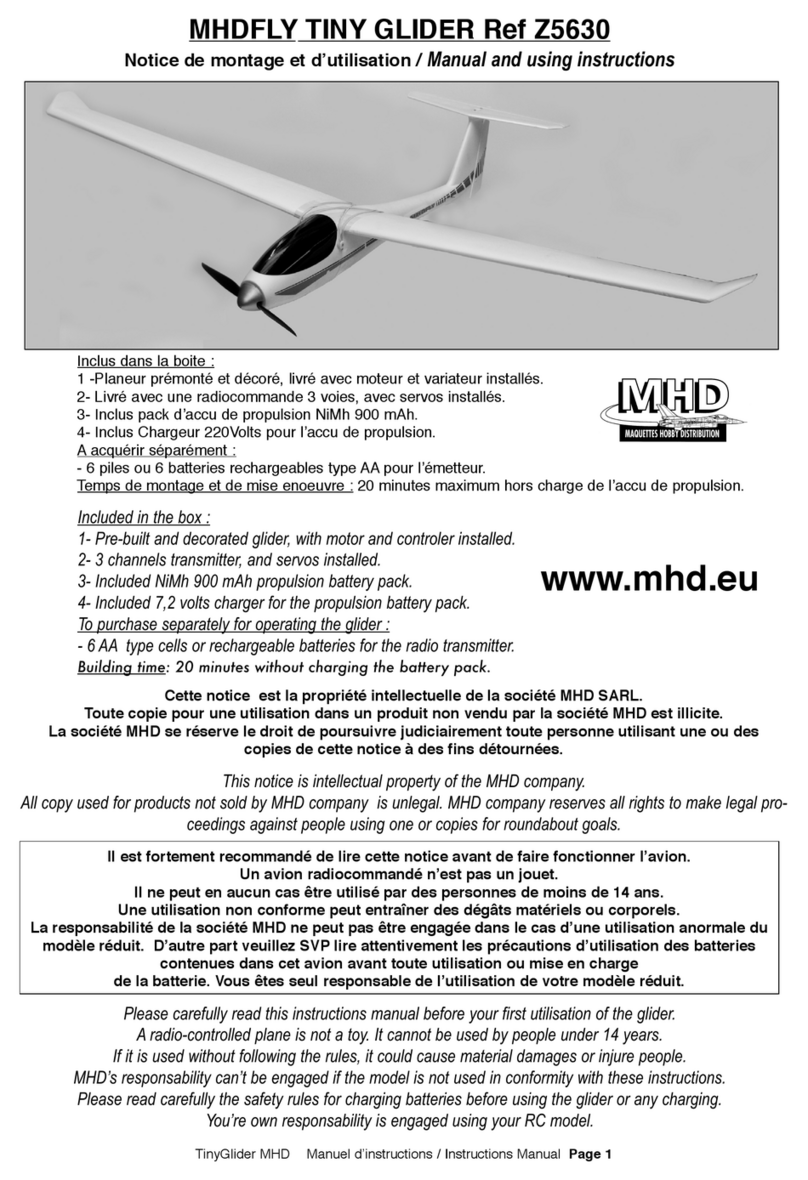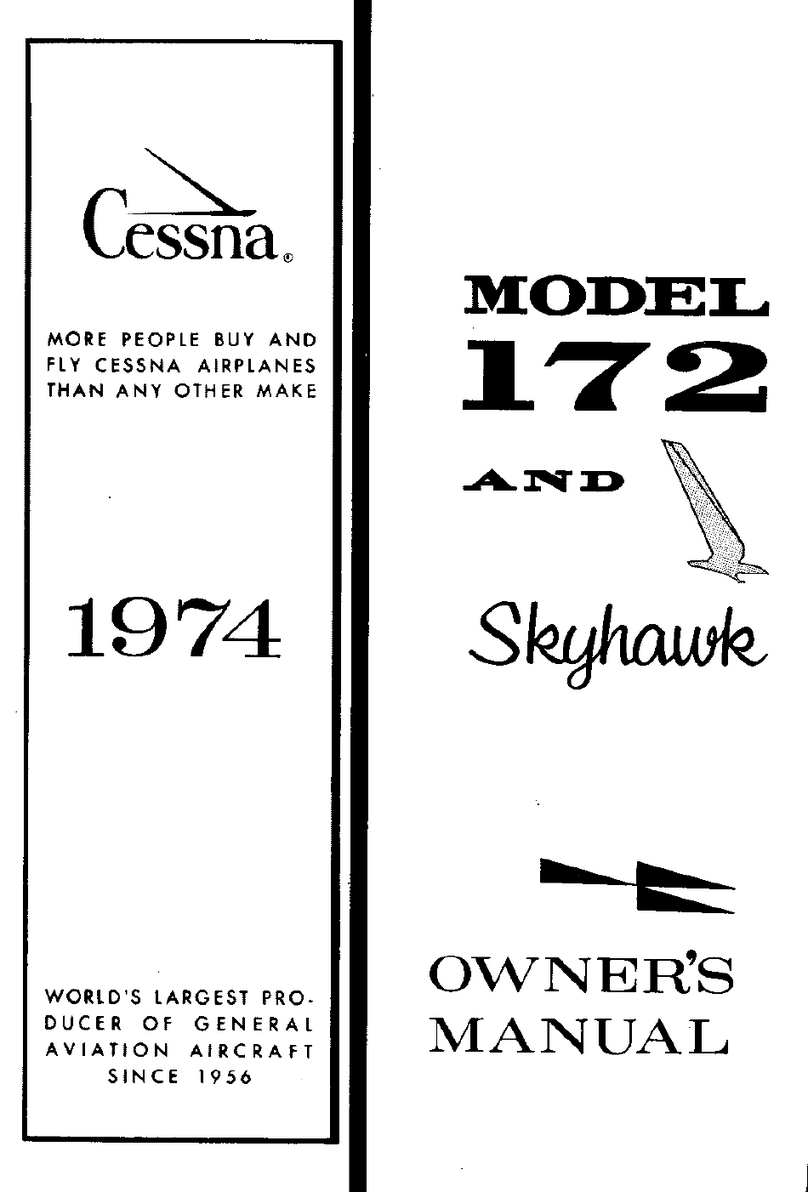
Nemo 5 is a paraglider recommended as
the first purchase after initial training,
especially if it was used there, too. For a
long time you will keep discovering its
capabilities, while it will provide you with
safety, good performance and versatility on
various levels of recreational flying. It will
forgive you many mistakes and prepare
you for further development.
What's new?
• A new internal structure, based on 3Y
supports
• increased lateral stability
• less line resistance = better
performance
• new risers with ball-bearing pulleys
The changes in the new version of Nemo
were primarily aimed at improving the load
distribution within the canopy.
By changing the curvature of the wing, we
obtained greater lateral stability, while
maintaining good maneuverability as
compared to other wings in this class.
The main suspension lines in A and B
rows are made of Dyneema, which, due to
its high bending resistance, can be much
thinner compared to Technora. The innate
shrinkage effect of Dyneema has been
minimized by using these lines in the most
heavily loaded rows. Most importantly,
thinner lines result in less drag which
translates into better performance.
Purpose and design
Advanced software, combined with many
years of Piotr Dudek design experience,
allowed to create a wing with excellent
parameters, ideally suited to the needs of
pilots learning to fly and continuing
recreational flying. Nemo 5 is an EN A
class paraglider with a modern design,
good performance and high safety. Its
operation is simple and its control is
pleasant and effective. Moreover, it's
verstile - it's design parameters include
winch start, as well as paramotoring.
The weight ranges were selected so that
the flying schools will find it easy to
complete a full set of sizes for their
students.
